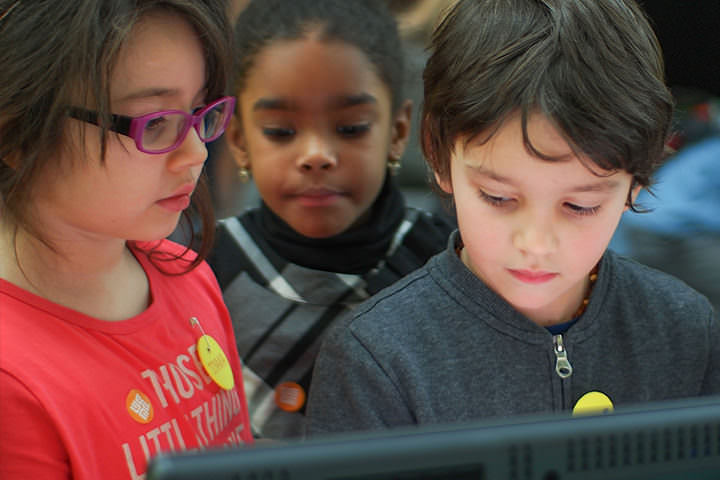Development of this professional learning series was funded by Discovery Women’s Group, a collaborative philanthropic group created to support and fund innovative projects and programs at Ball State University that impact students and benefit our local, national, and international communities. We are grateful for their support.
More than ever before, the seamless integration of technology is critical to the success of the 21st century K-5 classroom. Likewise, digital and media literacies include knowledge and skills that must be cultivated across the curriculum in a standards-based format that is grade-level appropriate.
Digital Literacy Pathways grew from research that suggests that most K-5 educators need support and resources to effectively teach digital literacy. As a result, the Ball State University Center for Emerging Media Design & Development and Teachers College collaborated to develop this professional learning series.
90%
of teachers say technology integration is important
60%
of teachers feel unprepared to use technology in their classes
70%
of teachers say they do not have enough technology support or resources
To be digitally literate, an individual must be able to effectively make and share meaning in different modes and formats, effectively create, collaborate, and communicate in digital environments, and understand how and when technology can support these processes. Upon completing this 10-module program, K-5 teachers will better understand how to foster digital literacy knowledge and skills for their students, as well as develop fun, engaging curricula that will lay the foundation for a lifetime of living and learning with technology.
Our 10 learning modules include:
(Click and drag, or swipe, right to see all modules)

Register for free today!
Digital Literacy Pathways can help you improve your classroom practices and cultivate digital literacy skills for your students.










